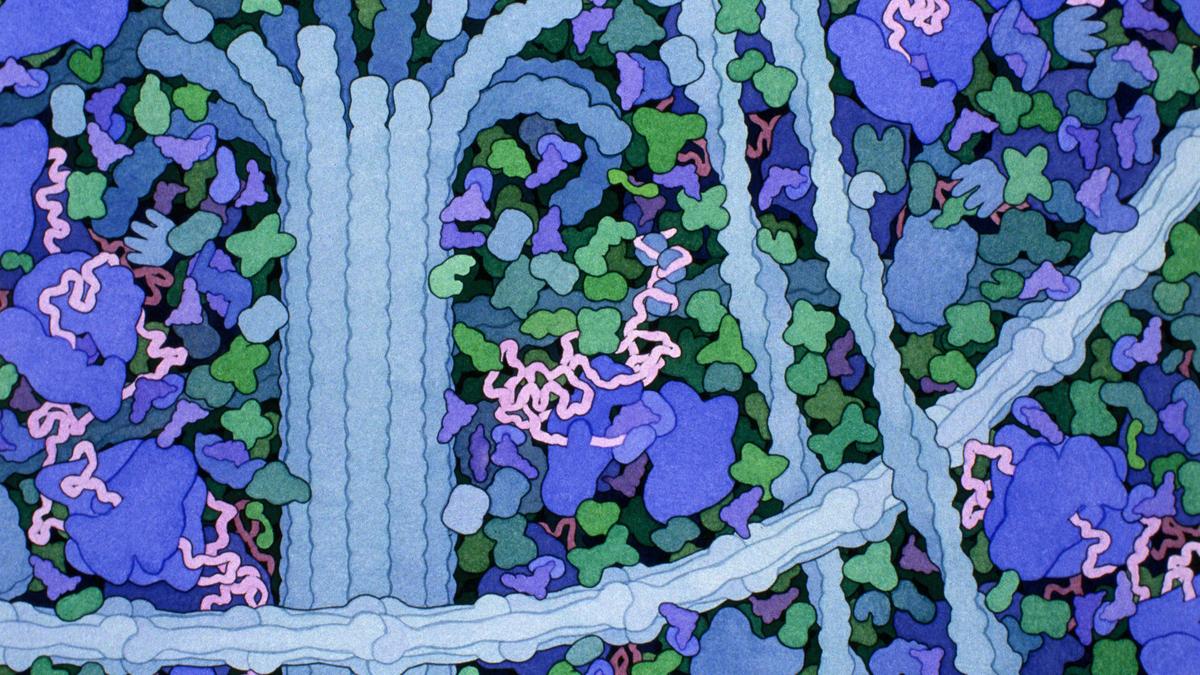Google’s recent launch of the Cell2Sentence-Scale 27B (C2S-Scale) model showcases the integration of artificial intelligence (AI) in scientific discovery, particularly in cancer therapy. This 27-billion-parameter model effectively analyzed vast datasets to suggest a new application for the drug silmitasertib, which is undergoing clinical trials for various cancers. Researchers highlighted that the AI-generated hypothesis was experimentally validated, marking a significant milestone in utilizing AI for drug development. Despite its promise, experts cautioned that the model’s insights were not revolutionary; similar findings could emerge from trained scientists. Nonetheless, the potential of large language models (LLMs) in identifying therapeutic avenues presents a transformative shift in research methods. Key figures, like Indian Institute of Science’s Siddhartha Gadgil, acknowledge that while LLMs haven’t reached ‘genius’ levels, they can still contribute innovative approaches to complex problems. This development indicates the growing intersection of AI and biomedical research, emphasizing the importance of incorporating AI in future scientific endeavors.
Source link
